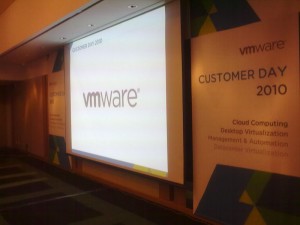In a country where being digital is an articulate part of the lifestyle, some talk about internet speed and accessibility can be fascinating. This time, it’s a short story about pervasiveness of the internet in South Korea, the home for Samsung, currently the world’s largest electronics company and a part of the conglomerate that contributes for more than 20% of South Korea GDP.
There have been some reports, including these two about the distribution of internet speed in the world. In both reports, South Korea was crowned as the country with the fastest internet speed, with average countrywide speed at 16.63Mbps and 13.7Mpbs respectively. Interestingly, the internet speed in South Korea itself is not dominated by a single region. When looking at the lower scope, the fast internet speed is distributed across the region. Taking the more recent report published by Akamai in one of the report samples, cities in South Korea sweep clean the top 10 and dominate the top 20 under the category “cities with the fastest internet speed”. The striking domination can be seen in the following figure. Continue reading

